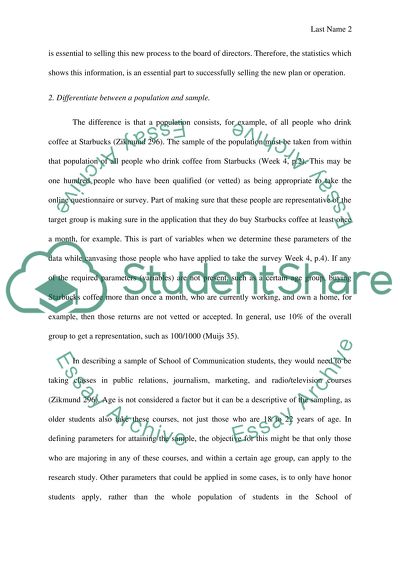Cite this document
(“Data analysis Essay Example | Topics and Well Written Essays - 1250 words”, n.d.)
Retrieved from https://studentshare.org/statistics/1486757-data-analysis
Retrieved from https://studentshare.org/statistics/1486757-data-analysis
(Data Analysis Essay Example | Topics and Well Written Essays - 1250 Words)
https://studentshare.org/statistics/1486757-data-analysis.
https://studentshare.org/statistics/1486757-data-analysis.
“Data Analysis Essay Example | Topics and Well Written Essays - 1250 Words”, n.d. https://studentshare.org/statistics/1486757-data-analysis.


